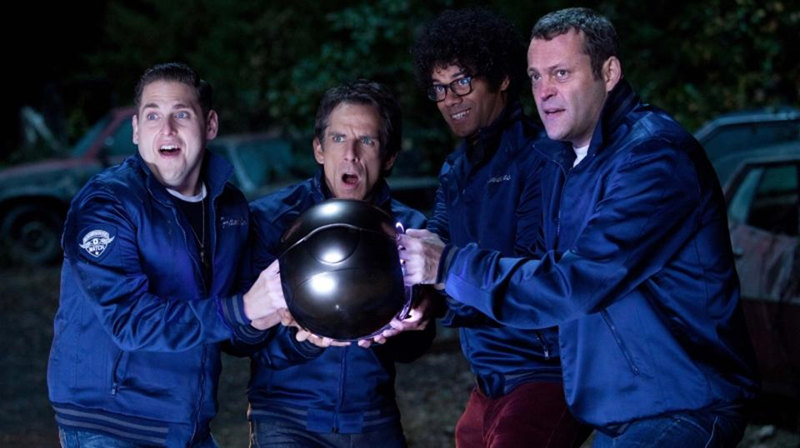What do you do after the War? When The Great Event of Your Lifetime is over, how do you get on with ‘normal’ life?
The four women in “The Bletchley Circle” are all asking themselves that question. During World War II, they worked together in the code-breaking headquarters of the British war effort, Bletchley Hall. But seven years after the end of the war, they all find their lives lacking that sense of purpose, that feeling that comes from being part of something Important. After helping defeat the Greatest Evil in History, the driving wonders of, say, knitting, or family meatloaf night, don’t quite measure up.
So Susan finds herself collecting details of a series of recent murders of young women in the London area, a series with patterns that the police are missing. Sensing another chance for purposeful action, Susan gets the band of code-breakers back together. Each has their specialty—one has a photographic memory, another recognizes patterns in volumes of information, two are good with maps and organization of facts. The four use their skills to track down the killer, putting their own lives at risk in the process.
Given that plot, “The Bletchley Circle” could easily have become a tweedy, period-piece Scooby-doo episode. But writer Guy Burt nimbly sidesteps many of the problems such a set-up presents, and instead gives us an engrossing thriller grounded in intelligent characters and rich with period detail. The skills of the four aren’t deployed like spandexy superpowers, but smartly integrated into the character development.
At several points, Burt’s script threatens to go off into “those meddling kids” territory but always finds its way back through the strong reality of the relationships of the women, and a surprisingly gritty take on the killer’s actions and motivations. There are some overly helpful coincidences along the way, but for the most part, the mystery itself is solidly constructed, and cleverly utilizes the historical events of Bletchley Hall, and the lasting effects of the Official Secrets Act (which prevents any of the women discussing their background as codebreakers).
The cast is uniformly excellent, especially Anna Maxwell Martin as Susan, the pattern master who finds domesticity so much less interesting than fighting Nazis. Her husband is perhaps unrealistically patient, but director Andy de Emmony keeps their fraying marriage in focus to show the cost of Susan’s pursuit and what she is willing to put at risk to stop the killer before he kills another woman. Sophie Rundle plays Lucy, the memory keeper, as sweetly vulnerable, at times a victim to her own ability and unable to erase from her memory the things she sees in their investigations.
Throughout the three-episode series, the thread of female empowerment in the face of patriarchal dismissiveness is well-handled, never overwrought or O-channel obvious. The mechanics of the mystery plot don’t overwhelm the character development, and the details of the price paid for the women’s sense of higher purpose adds an extra layer of tension and depth. And I enjoyed the lived-in feel of the set design, and the loving details of the set decorations—they don’t look like sets, but places where people actually live.
Video:
“The Bletchley Circle” Blu-ray edition is presented in high definition 1080i in a 1.33:1 aspect ratio. The transfer looks very good, with appropriate attention to details of light and shadow, and to the quasi-sepia tones of the cinematography and costuming. There is an English SDH subtitle track.
Audio:
The audio track is Stereo 2.0, and is satisfactorily clear and centered. There are no options in the audio set-up.
Extras:
The only extra is a 25-minute making-of documentary, with some interesting interviews with the cast and crew.
Parting thoughts:
Smart and compelling, and rich with early 1950’s detail, “The Bletchley Circle” is an enjoyable period mystery with a thread of post-war social commentary.


